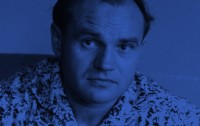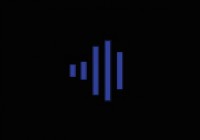Arrangements (1976) for 1–4 recorders
The work was premiered during a chamber music festival in Witten, Germany, on 25 April 1976. It is the last of Serocki’s compositions that make up his “adventure with recorders”, as the composer himself called a project carried out in collaboration with Moeck-Verlag and German broadcasters in 1973–1975.
This elegant and witty piece reflects the idea of "composing with sound colours" in each of its 17 segments (basic formal units) and in 15 variants of instrumentation: 4 solo variants called “solo cadenzas”, 6 duets, 4 trios and 1 full quartet. The choice of segment order is left to the performers (open form), who may not omit or repeat any of them. Thus, the solo versions comprise 10 segments, the duet versions – 9 segments, the trio versions – again 10 segments and the quartet version – 13 segments. Interestingly, the composer accepted the possibility of performing different versions of the work during one concert (also in different locations in the same building).
The performers have at their disposal 60 extraordinary sound colours, produced by extended techniques, e.g. murmuring the vowel “U” into the mouthpiece while blowing, various types of overblown sounds, multiphonics, trills and frullato as well as 19 “special ways of playing”, indicated in the score by means of special graphic marks. This musical material is distributed in a way that makes it possible to recognize the coherence of the overall form of the work, regardless of the segment order. To this end the segments were composed in accordance with the principle of “character” differentiation. Three quartet segments present in each of the performance versions make it possible to identify “chorale,” “virtuosic” and “melismatic” characters. Other segments can also be read as short, expressive “stories”. We know that in Witten Serocki encouraged the performers to call them as they wished. For example, the eighth segment, very lively, reminded the artists of “mice”, while the murmuring-whistling colours of segment number ten guided their imagination towards “the port of Hamburg”.
The subtlety and daintiness of sound in Serocki’s Arrangements creates a unique auditory aura reminiscent of Olivier Messiaen’s “bird” works or amateur youth music (after all, Serocki was commissioned by Moeck to write several independent pieces of the latter kind). At the same time Serocki’s work confirms that the recorder’s sonoristic capabilities are almost unlimited and that this modest instrument is a flexible means of expression in avant-garde music.



